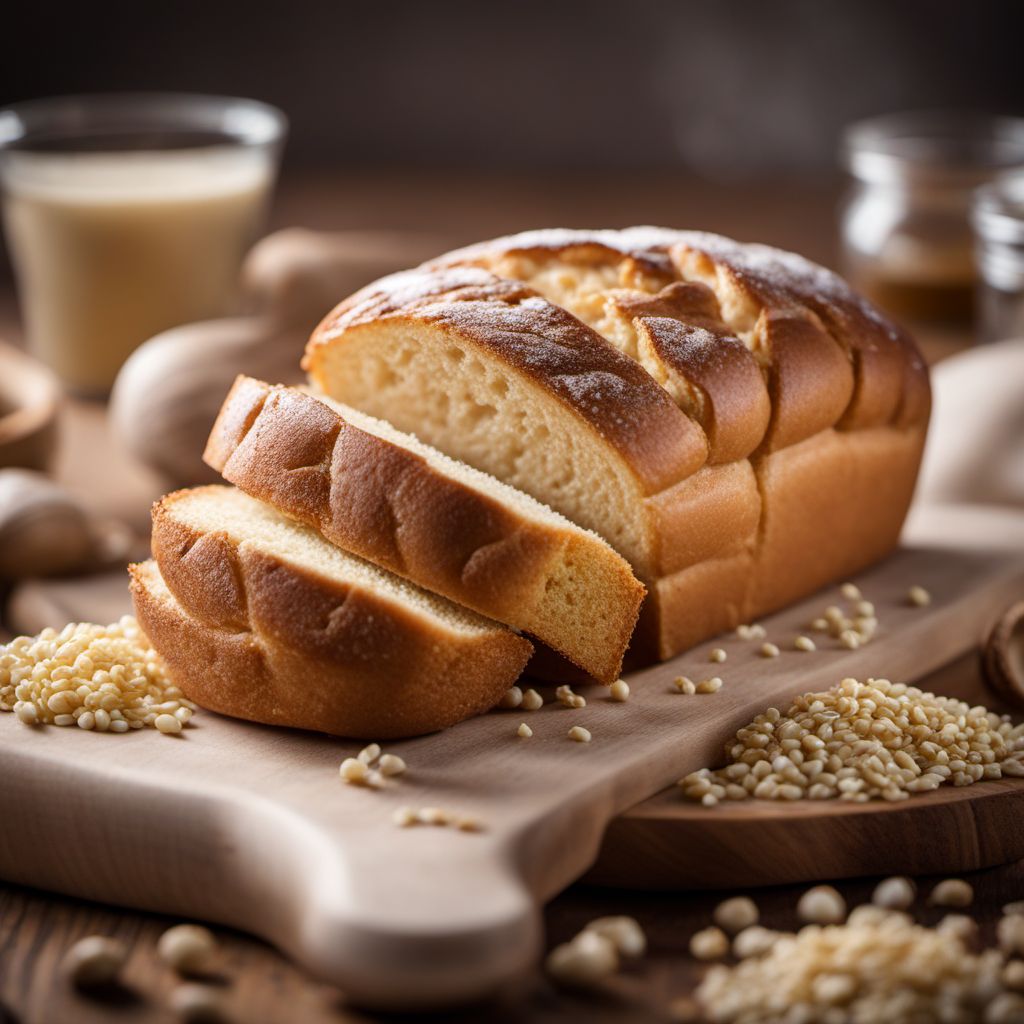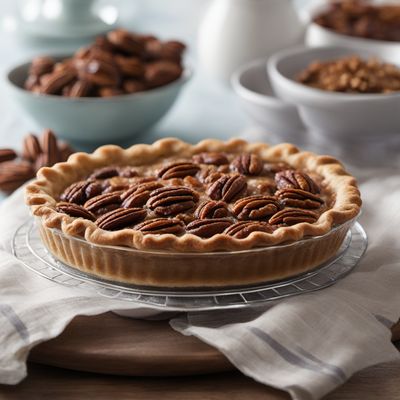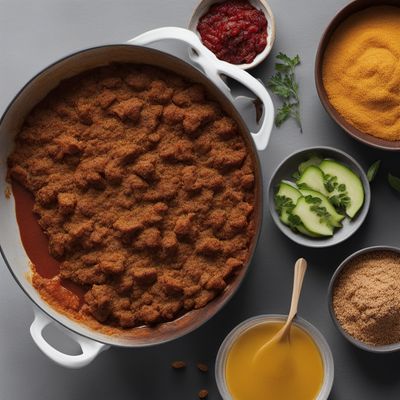
Ingredient
Gluten free bread
The Perfect Alternative for Gluten Intolerant Individuals
Gluten-free bread is a dietary staple for individuals with gluten intolerance or celiac disease. It provides a safe and delicious alternative to traditional bread, allowing those with dietary restrictions to enjoy sandwiches, toast, and other bread-based dishes without compromising their health or taste.
Origins and history
The demand for gluten-free products has grown significantly in recent years, driven by an increased awareness of gluten intolerance and celiac disease. Gluten-free bread has become widely available in response to this demand, offering a variety of options made from alternative grains and ingredients.
Nutritional information
Gluten-free bread is often lower in calories and carbohydrates compared to traditional bread. It may also contain higher amounts of fiber and protein, depending on the specific recipe and ingredients used. It is important to read the nutrition labels carefully, as some gluten-free breads may contain higher amounts of added sugars or fats.
Allergens
Gluten-free bread is free from gluten, a protein found in wheat, barley, and rye. However, it may still contain other allergens such as eggs, dairy, or nuts, depending on the recipe or manufacturing process. Individuals with specific allergies should check the ingredient list carefully before consuming gluten-free bread.
How to select
When selecting gluten-free bread, look for options that are certified gluten-free to ensure they meet the necessary standards. Consider the texture and taste preferences, as gluten-free breads can vary significantly. Some may be more suitable for toasting, while others are better for sandwiches or as a side with soups and stews.
Storage recommendations
To maintain the freshness and quality of gluten-free bread, store it in a cool and dry place, such as a bread box or airtight container. Avoid storing it in the refrigerator, as it can cause the bread to become dry and stale. If not consumed within a few days, gluten-free bread can be frozen for longer storage.
How to produce
Producing gluten-free bread at home requires using gluten-free flours and ingredients, such as rice flour, almond flour, or a gluten-free flour blend. Various recipes and techniques are available online to guide amateur bakers in making their own gluten-free bread.
Preparation tips
When it comes to using gluten-free bread, it can be enjoyed in the same way as traditional bread. It can be used to make sandwiches, toast, French toast, or breadcrumbs for coating meats or vegetables. It can also be used as a base for gluten-free stuffing or croutons.
Culinary uses
Gluten-free bread is commonly used by individuals with gluten intolerance or celiac disease as a substitute for traditional bread. It is a versatile ingredient that can be incorporated into various dishes and cuisines, allowing those with dietary restrictions to continue enjoying their favorite bread-based recipes.
Availability
Global
More ingredients from this category
Recipes using Gluten free bread

Inca-style Quinoa Bøfsandwich
Andean Delight: Quinoa Bøfsandwich with Inca Flavors

British Cheese Rolls
Savory Cheese Rolls: A British Twist on Brazilian Pão de Queijo

Pecan Symphony
Harmonious Pecan Medley

Vegan Tira de Asado
Smoky Vegan BBQ Ribs: A Plant-Based Twist on Argentinian Tira de Asado

Vegan Swedish-style "Prinskorv"
Plant-based Delight: Vegan Twist on Swedish Prinskorv

Vegetarian Hot Pot
Savor the Flavors: Vegetarian Hot Pot Delight

